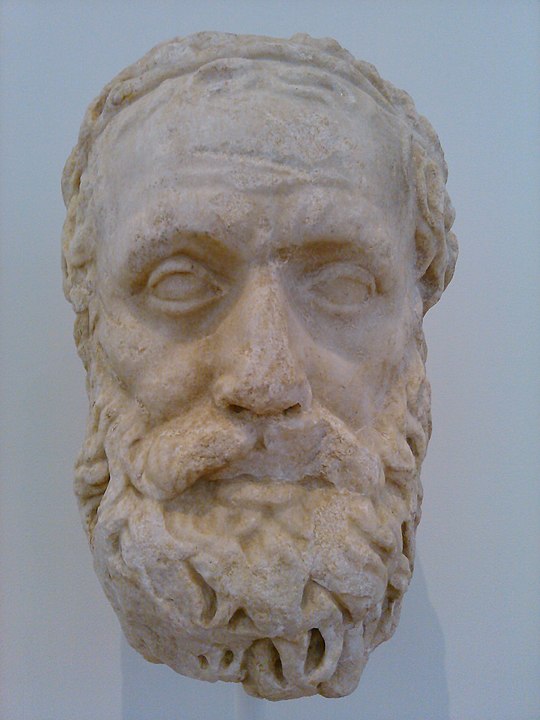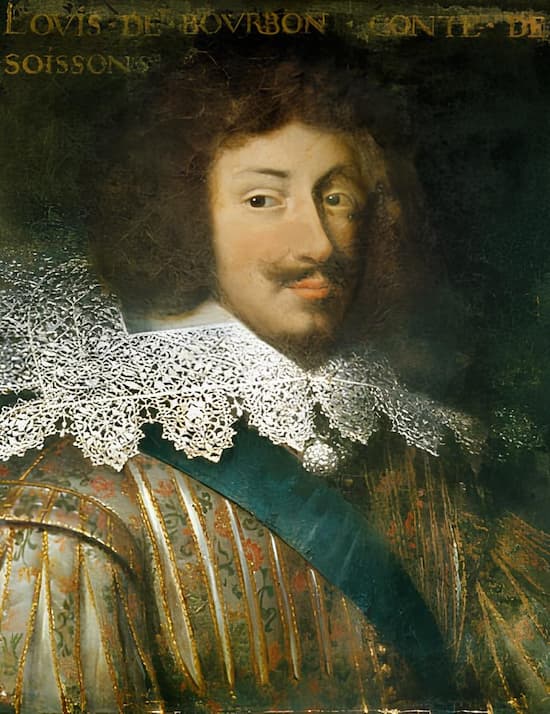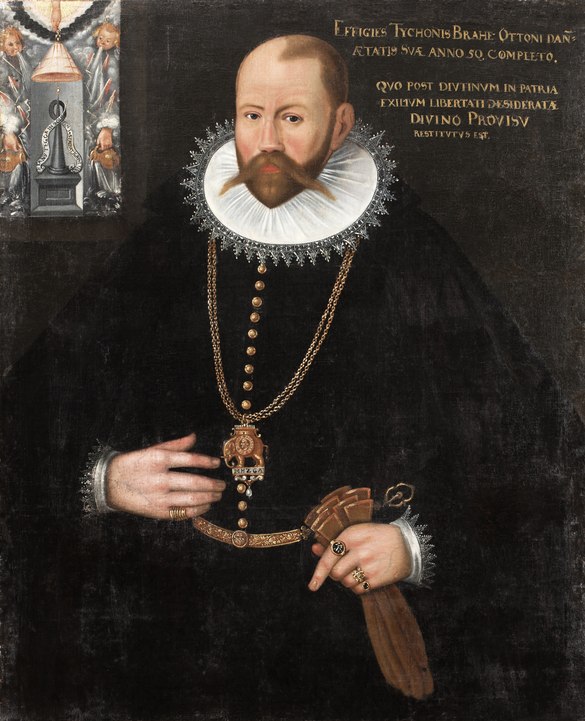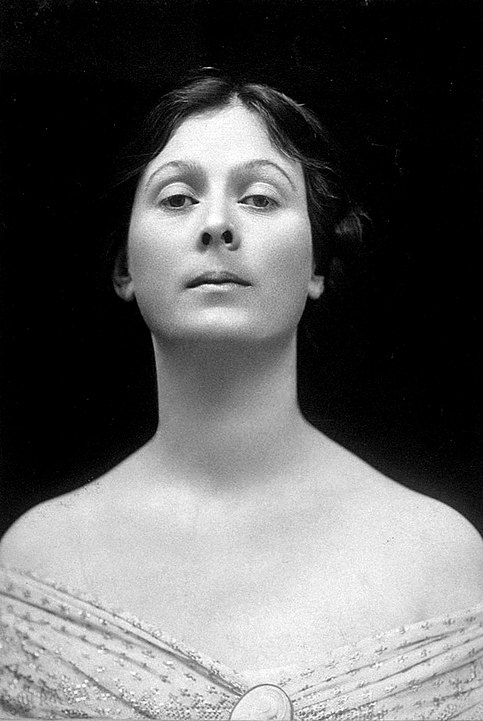Human history is marked by a multitude of unusual and absurd deaths and tragic events that often defy any rational explanation. These stories, though at times shocking or disturbing, bear witness to the unpredictable nature of life and death. Here is a general overview of some of the strangest deaths in history.
- Aeschylus: Killed by a Tortoise
- Segway Owner Jimi Heselden Kills Himself with His Segway
- Louis, Count of Soissons: Killed by His Own Gun
- Tycho Brahe: Death From Bladder Occlusion
- Émile Verhaeren: Accidentally Pushed Under a Train
- Keith Relf Dies of Electrocution
- David Carradine Dies During Sex Game
- Isadora Duncan Dies Ejected From a Car
Aeschylus: Killed by a Tortoise

In 456 BC, the renowned Athenian tragedian Aeschylus visited Sicily at the king of Syracuse’s invitation. The authors of “The Persians” and “The Oresteia” took advantage of the visit to engage in long walks in the countryside. One day, as he strolled near the city of Gela and sat to contemplate the landscape, a raptor flew above him, searching for a suitable spot to drop its prey from a great height: a tortoise, whose shell needed to be shattered to feast on its contents.
Indeed, a substantial stone lay before him, round and bare. The raptor released its talons, and like a projectile, the tortoise crashed onto the bald skull of Aeschylus, instantly killing him.
Segway Owner Jimi Heselden Kills Himself with His Segway

When he acquired the American company Segway in 2009, the British millionaire Jimi Heselden, aged 62, did not exercise caution. The Segway, a platform with two wheels and a handlebar, appeared quite harmless. Many cities use it for guided tours, after all.
On the morning of September 26, 2010, confidently perched on his Segway, he embarked on a tour of his extensive Yorkshire estate. However, Sean Christie also chose this time to take his dog for a walk. In attempting to avoid the walker, our businessman lost control of his spirited contraption. It propelled him straight towards the cliffs that, at that particular spot, overlooked the River Wharfe. The 13-meter (42-feet) fall left no chance for Jimi Heselden.
Louis, Count of Soissons: Killed by His Own Gun

Louis, Count of Soissons, had one goal in mind: getting rid of Richelieu. This distant cousin of King Louis XIII harbored a persistent hatred for the influential figure in the state. Teaming up with Gaston, Duke of Orléans, the king’s younger brother, Louis de Bourbon, Comte de Soissons, assembled a formidable army in Sedan. In response, Richelieu dispatched the royal army to reclaim the city.
The clash between the two forces took place on the plateau of La Marfée, near Sedan, on July 6, 1641. Contrary to expectations, the battle turned in favor of the conspirators. The king’s army was in disarray. Louis de Bourbon, Comte de Soissons, could finally breathe; he lifted the visor of his helmet using the barrel of his pistol, as was his custom. However, firearms are unpredictable. The shot fired unexpectedly, taking away half of his face. Deprived of their leader, the insurgents surrendered. Richelieu emerged victorious.
Tycho Brahe: Death From Bladder Occlusion

Tycho Brahe’s name may not be as widely recognized as Nicolaus Copernicus or Galileo Galilei, but this Danish astronomer revolutionized his field in the 16th century. Relying on precise sky observations, he challenged centuries of dogma and traditions. His death, however, does not match the magnitude of his discoveries. He was the special guest at a lavish dinner on October 13, 1601, in Prague. The meal persisted, and Tycho Brahe felt an urgent need to urinate.
Nevertheless, leaving for the facilities during such an event was deemed unacceptable. The astronomer endured for hours. When the dinner eventually concluded and Brahe rushed to relieve himself, nothing happened—a bladder obstruction. He succumbed after five days of excruciating agony. His death appeared so improbable that analyses of his remains were conducted in 1901, 1992, 1996, and, finally, in 2010. Unfortunately, none yielded conclusive results.
Émile Verhaeren: Accidentally Pushed Under a Train

Admired by intellectuals of the Belle Époque, including André Gide and Stefan Zweig, the Belgian poet Émile Verhaeren was a vocal advocate for peace. However, with the outbreak of World War I in 1914, Verhaeren’s stance shifted, and he began denouncing German atrocities.
On November 27, 1916, following a conference in Rouen, he was carried in triumph to the train station. Accompanied by his admirers on the platform, a sudden crowd movement caused him to fall onto the tracks, leading to his tragic death with his legs severed by a moving train.
Keith Relf Dies of Electrocution
On May 12, 1976, Keith Relf, the lead singer and harmonica player of The Yardbirds, known for hosting guitar legends Eric Clapton, Jeff Beck, and Jimmy Page, tragically met his demise at the age of 33. Returning home to London, he intended to care for his two sons before heading to his music studio in the basement.
In a relaxed setting, barefoot, he powered up his amplifier and grasped his electric guitar, only to be fatally struck by an electric shock. Did he realize that his amplifier lacked proper grounding? That one of the wires was exposed? His 8-year-old son discovered him lifeless the following morning.
David Carradine Dies During Sex Game

David Carradine, renowned for his portrayal of the Shaolin monk “Little Grasshopper” in the cult 1970s series Kung Fu and, more recently, as the ruthless Bill in Quentin Tarantino’s Kill Bill diptych, also featured in numerous B-movies.
In June 2009, the American actor was in Thailand for the filming of Stretch, a French film that quickly faded into obscurity upon its release. On the evening of June 3, the team awaited him for dinner in vain as David Carradine remained confined to his hotel room. The next morning, a maid discovered him in a scandalous position—strangled. He was found entirely nude, seated in the closet of his room, with a bedsheet rope wrapped around his neck and… his genitals. All of it was tied to the wardrobe. Although suicide was initially considered, the investigation eventually concluded it to be an “autoerotic fatality.”
Isadora Duncan Dies Ejected From a Car

During the Belle Époque and the Roaring Twenties, Isadora Duncan was an iconic figure who made the veil her trademark. She preferred to dance in the most uncomplicated attire, barely shielded from onlookers by delicate fabrics. It’s an understatement to say that she achieved success. The American artist captivated sculptors Rodin and Bourdelle, as well as numerous women and men, including the aviator Roland Garros.
In September 1927, during a gala in Nice, she caught the attention of a young mechanic thirty years her junior. On September 14, he took her for a ride in his convertible Amilcar. There, on a winding road in the hinterland, the long shawl tied around the dancer’s neck got entangled in the spokes of one of the rear wheels. Isadora Duncan was thrown out of the car and died instantly, her neck broken.






